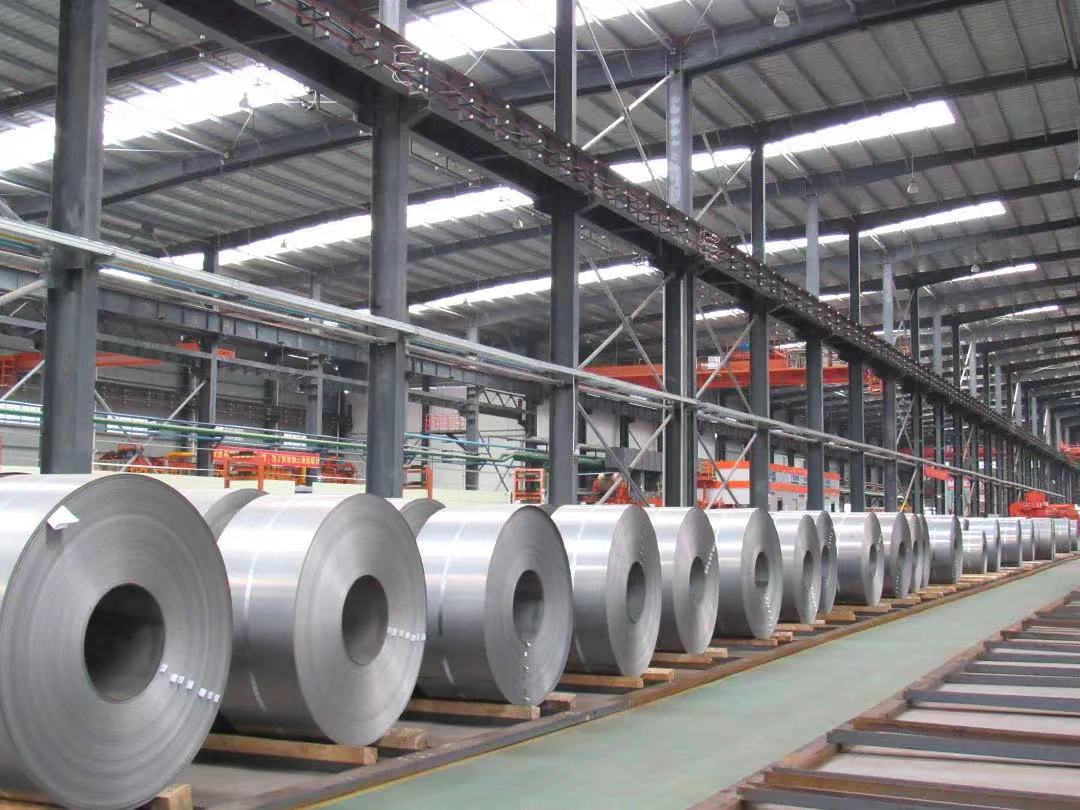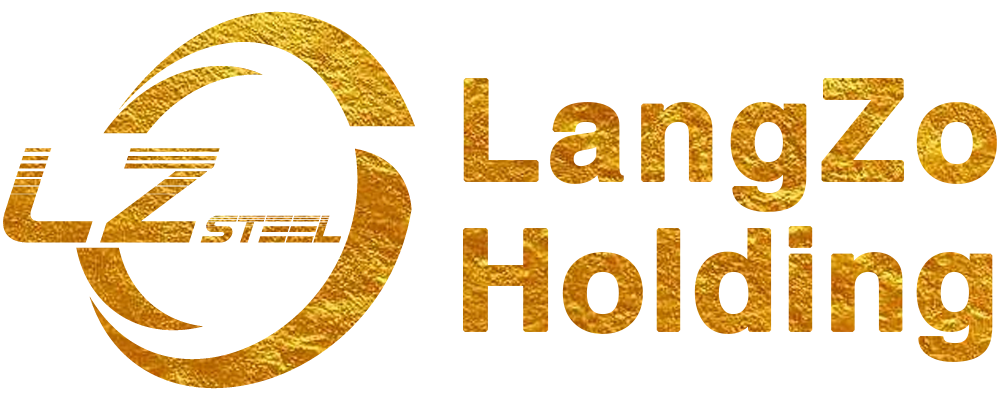
Galvanized steel sheets are widely used in various industrial and construction applications. Bending and forming these sheets is a common processing operation, but it requires careful attention to ensure the final product meets performance, quality, and aesthetic standards. The following are key requirements when bending galvanized steel sheets:
1. Bending Radius
The bending radius is one of the most critical factors to consider. If the radius is too small, it can lead to cracking or peeling of the galvanized coating, which would compromise the material’s corrosion resistance. Generally, the minimum bending radius is proportional to the thickness of the galvanized sheet. For galvanized sheets with a thickness between 0.5 mm and 1.5 mm, the minimum bending radius should not be less than 1 to 2 times the thickness of the sheet. This is because, during bending, both the zinc coating and the steel substrate undergo stretching and compression. A smaller bending radius results in excessive concentration of deformation, making the coating more prone to damage.
2. Bending Angle Accuracy
Accurate control of the bending angle is crucial, especially in industries like metal furniture manufacturing, electrical enclosures, and automotive production, where precise angles are required. The bending machine used should allow for fine adjustments to ensure the angle remains within specified tolerances. CNC press brakes are ideal for this task, as they can precisely control the bending angle through pre-programmed settings, with minimal deviation. Operators must be skilled and experienced in adjusting the machine based on the material’s thickness, hardness, and other characteristics. In industries like automotive manufacturing, even a small deviation in the bending angle can cause problems during assembly and affect the final product’s quality and performance.
3. Stress Control During Bending
When bending galvanized sheets, internal stresses are generated. If these stresses are not properly managed, the material may warp, distort, or even crack during or after the bending process. To control the stress, the bending process should ideally be done in multiple steps, rather than a single, excessive bend. Additionally, heat treatment, such as annealing, can be used after bending to release internal stresses. However, it is important to control the temperature and duration of the heat treatment carefully, as excessive heat can damage the galvanized coating and affect the properties of the steel substrate.
4. Surface Quality of the Bended Area
The surface quality of the galvanized sheet after bending is crucial, particularly for applications where appearance is important. During the bending process, care should be taken to avoid surface defects such as scratches, dents, or impressions. The design of the bending molds should ensure smooth, even contact with the sheet, and the use of proper lubrication or cushioning materials can help reduce friction and prevent surface damage. For example, in the manufacture of electronic product enclosures, even a minor scratch on the surface of the galvanized sheet can result in product rejection, affecting the overall customer experience.
5. Pre-treatment of the Galvanized Sheet
Before bending, it is essential to ensure that the galvanized sheet is clean and free of contaminants such as oils, dust, or other impurities. These contaminants can negatively affect the bending process, leading to uneven bends or defects. Moreover, it is important to understand the material properties of the galvanized sheet thoroughly before selecting the appropriate bending process and parameters. Using incorrect processes or settings can result in poor-quality bends or damage to the material.
Conclusion
Bending galvanized steel sheets requires careful attention to several factors, including bending radius, angle accuracy, stress management, surface quality, and pre-treatment. By following these requirements, manufacturers can ensure the final product performs well, meets aesthetic standards, and maintains its durability and corrosion resistance. It is essential to choose the right equipment, techniques, and settings based on the specific material properties to achieve optimal results.





